Automatic Emergency Braking is Disabled Alert on Tesla [Resolved]
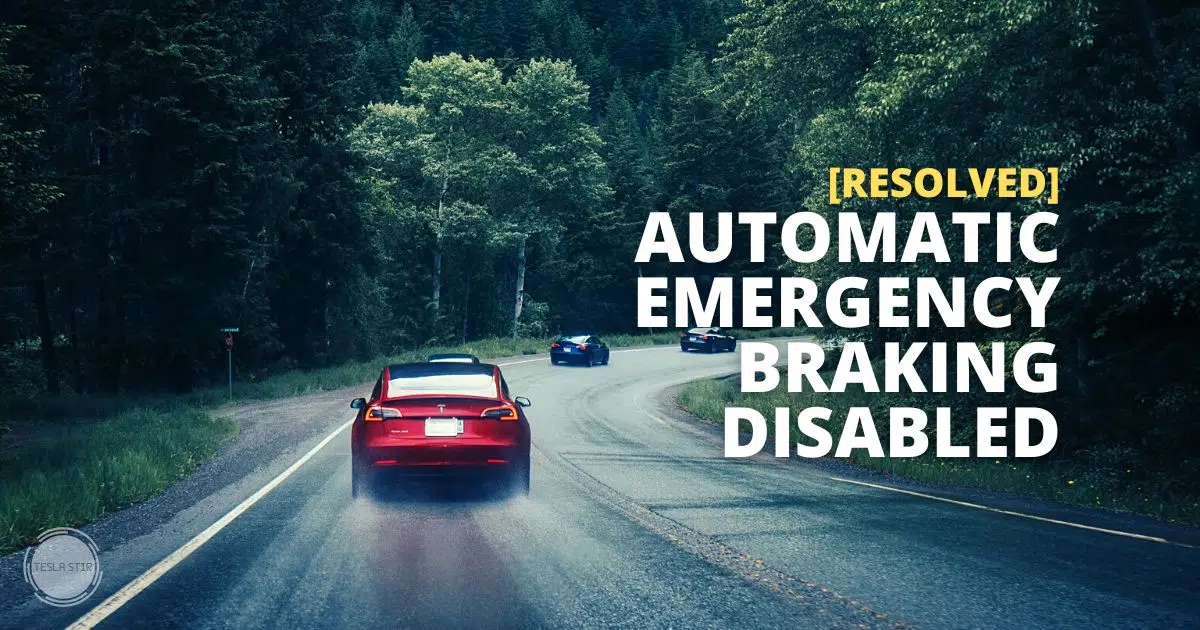
If you're driving a Tesla and see a warning saying, “Automatic Emergency Braking is Disabled,” you aren't alone!
When I got it on my Tesla Model 3, I started investigating and found that Tesla owners have been reporting this warning alert for a while, and it seems to be affecting all Tesla models. Here's what the error looks like:
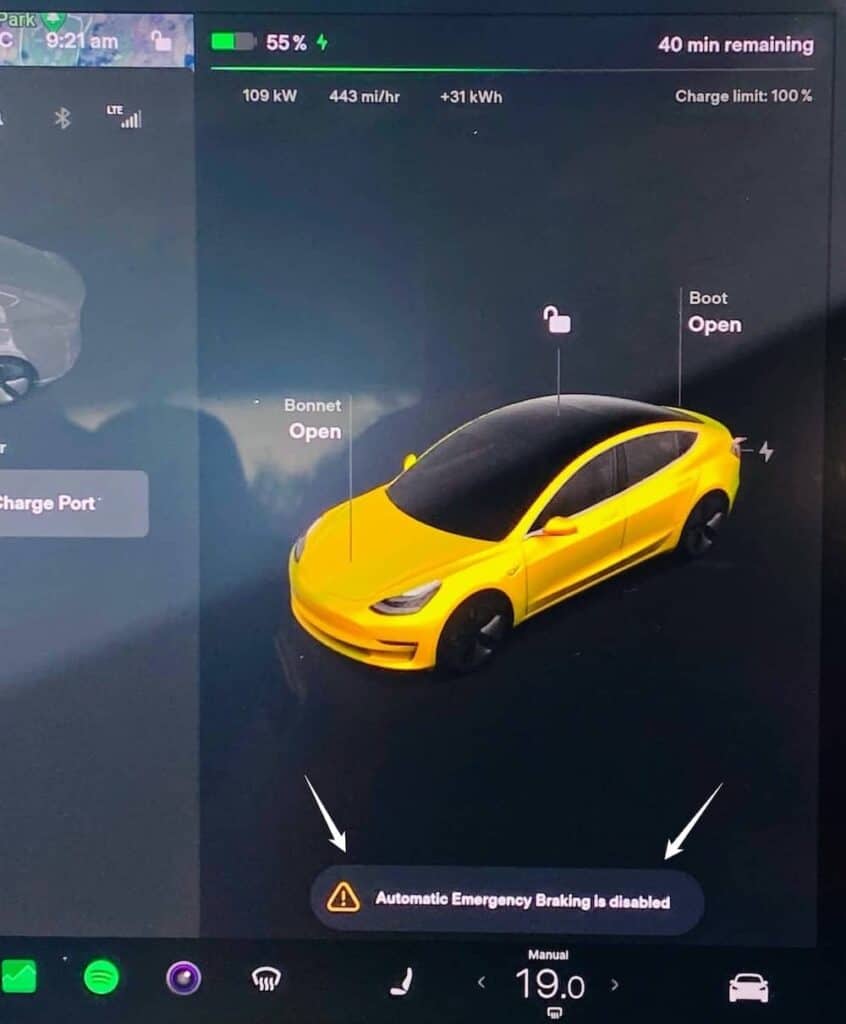
Automatic Emergency Braking is a part of the Tesla Collision Avoidance Assist system. When this alert appears, it disables not only the emergency braking capability but also autopilot and cruise control (speed assist). It is quite annoying if you use them all the time, like me.
There isn't a clear direction from Tesla for why the warning appears. However, In this article, I'll explain what causes the warning and how to troubleshoot it.
I will share the exact steps to follow so you can make it go away.
Let's dig right in.
How to Fix Automatic Emergency Braking Disabled Tesla Alert
Whether you're reading this in your Tesla right now or you're at home trying to figure out what's going on, we'll go over some troubleshooting steps that may help you fix the problem.
Here are the steps I followed (in this order):
1. Try the 2-button soft reset using the scroll wheels
This is the classic solution that goes back to the PC days when you'd restart the machine when it would hang.
Following the same principle, Tesla soft reset is the first thing you can try whenever you see an error message on the display that wouldn't go away or when the screen starts to behave weirdly. Works for most errors as a first try.
Here's how to do it:
- Press and hold both scroll buttons on the steering wheel for about 10 seconds
- The screen should go blank and then restart
- The Tesla T logo means it's back up
If the message is still there, move to step two. In my case, the soft reset didn't work.
2. Power off using the touchscreen
As a next step, you can try powering off your Tesla manually at Controls > Safety > Power Off. After a few minutes, tap the touchscreen or press the brake padel.
3. Camera recalibration
The next thing I tried to fix the Automatic Emergency Braking Disabled alert is re-calibrating the cameras.
To do this, you need to delete the calibration data your Tesla has in memory. To do this, go to Controls > Service > Camera Calibration > Clear Calibration. Then, you'll need to drive for 25-30 miles for the cameras to re-calibrate.
When self-calibration is in progress, the touchscreen displays a progress indicator for your convenience.
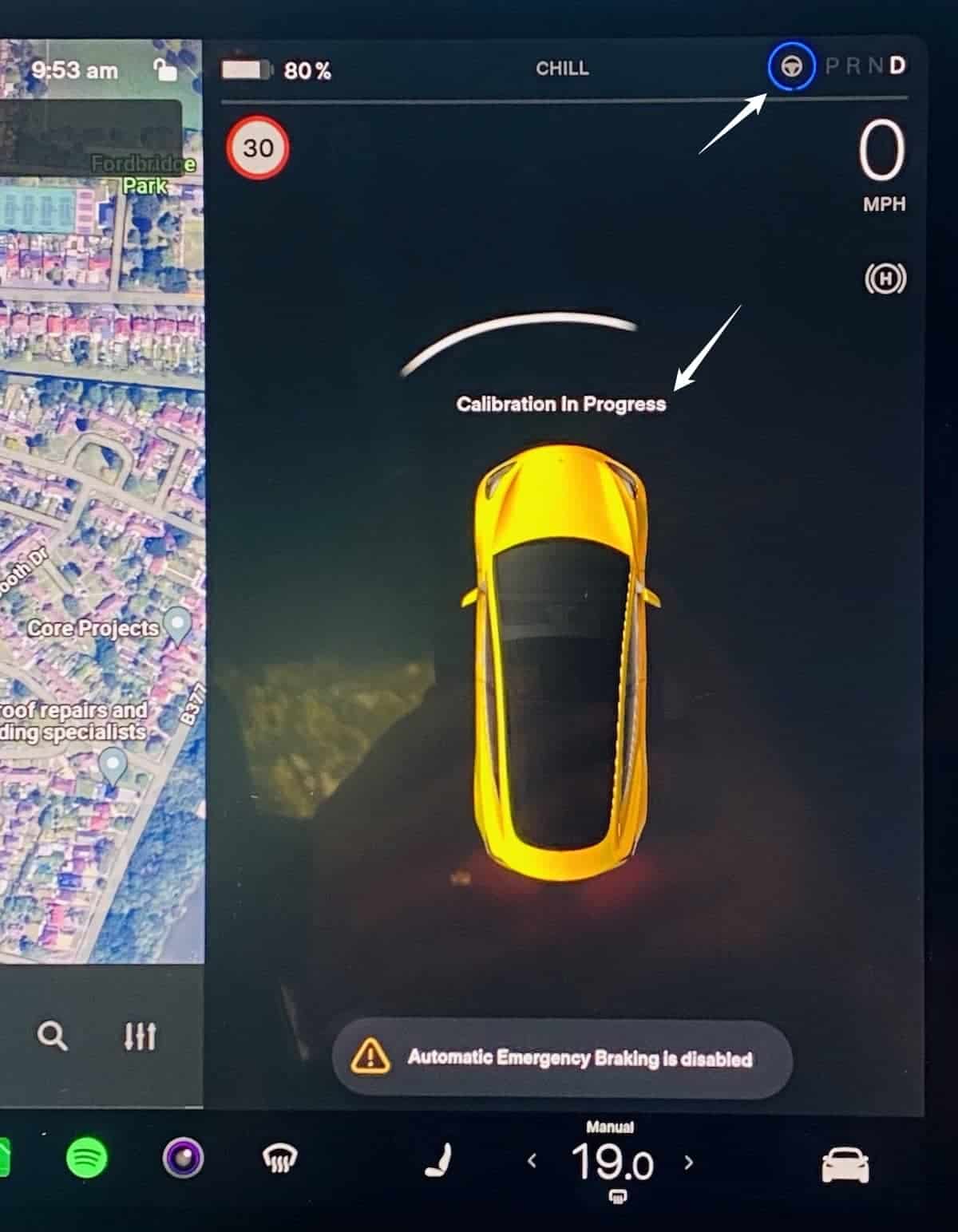
After the calibration, recheck if the problem exists. For me, camera re-calibration fixed the alert.
Related: How Many Cameras Do Teslas Have?
4. Book a service appointment with Tesla
If the problem persists, it's time to book an appointment with Tesla. The issue could be related to AP hardware or software that needs to be checked by an expert.
You can schedule a service appointment directly from your Tesla App.
In the app, go to Service > Request Service > Driver Assistance Features and select Other – Driver Assistance Features.
What is Tesla Automatic Emergency Braking?
Automatic Emergency Braking (AEB) is a safety feature designed to sense objects in front of the car and slow it down by applying the brakes if a collision is detected as unavoidable. This can help reduce the severity of an impact by reducing the car's speed.
AEB isn't guaranteed to avoid accidents but to help reduce their severity.
How Does Tesla Automatic Emergency Braking Work?
Tesla's Automatic Emergency Braking system uses a combination of Radar and Cameras to detect an imminent collision. If the system detects a potential collision, it provides an audible warning and then applies the brakes if the driver does not take action.
Tesla has designed the system to work for speeds between 3 mph (5 km/h) and 90 mph (150 km/h) and is active by default.
While Tesla's system is not perfect, it has shown to be effective in reducing the severity of accidents. In one study, it was found that the system reduced rear-end collisions by 43% and frontal collisions by 27%. All vehicles in the Tesla range have 100% compliance when it comes to AEB capabilities.
What Causes Automatic Emergency Braking to be Disabled?
There are a few reasons that can cause Automatic Emergency Braking to be disabled on your Tesla.
One is where you could have accidentally disabled it while trying to change another setting in the car. To check if this is the case, go to Controls > Autopilot > Automatic Emergency Braking and toggle it back to On.
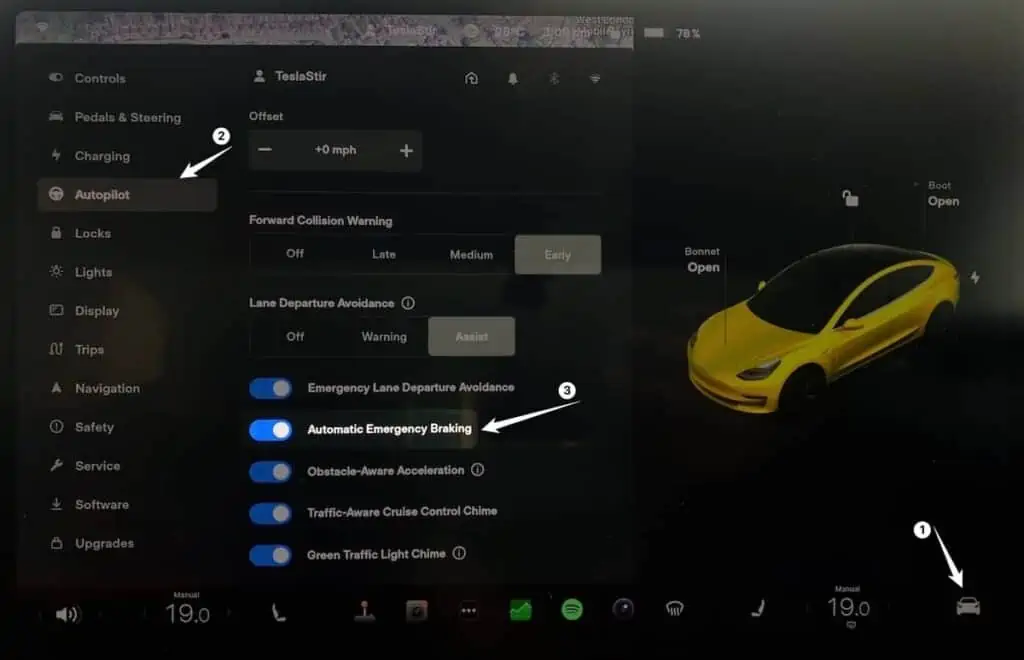
The most common reason is that the system needs to be calibrated. This can happen if you've recently had a camera or windshield replaced. In my case, I hadn't but still, trying recalibration did the trick.
Wrapping Up: Tesla Automatic Emergency Braking Disabled
There you have it!
These are the troubleshooting steps I took to resolve the Automatic Emergency Braking Disabled warning on my Tesla. If these don't work for you, the best thing to do is to book a service appointment with Tesla.
Have you had this problem before, and how did you fix it? Let me know in the comments below
Until next time!




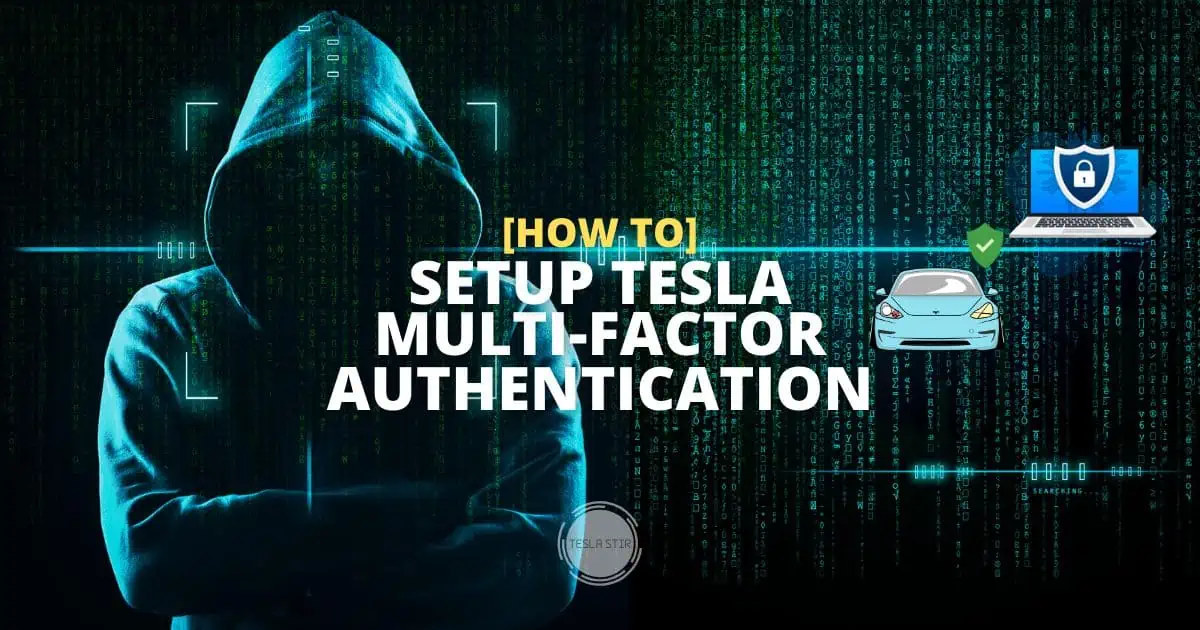
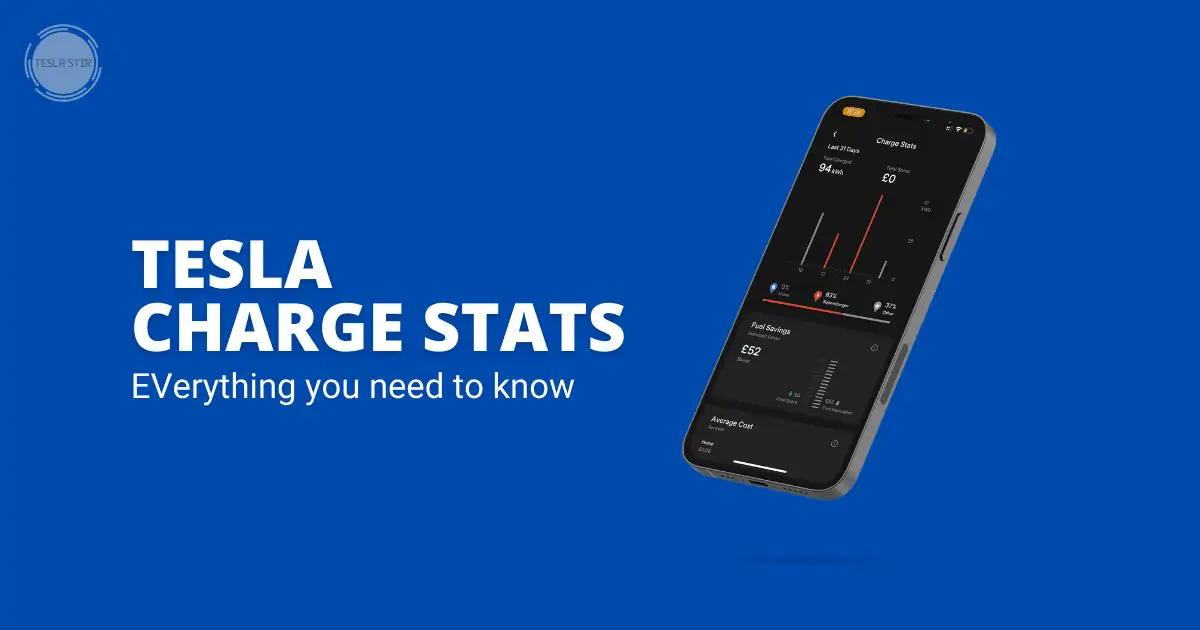

Power off using the touchscreen does the trick.
Mine happened this morning after I drop off my kid to school by the curb. I felt there was a scratch sound coming from the front right of the car, and right front wheel might have hit the curb. Later I pulled over, checked and confirmed.
I tried your method when I got back to my parking spot at work, and the 2nd one worked.
Thanks!
Best,
Danny